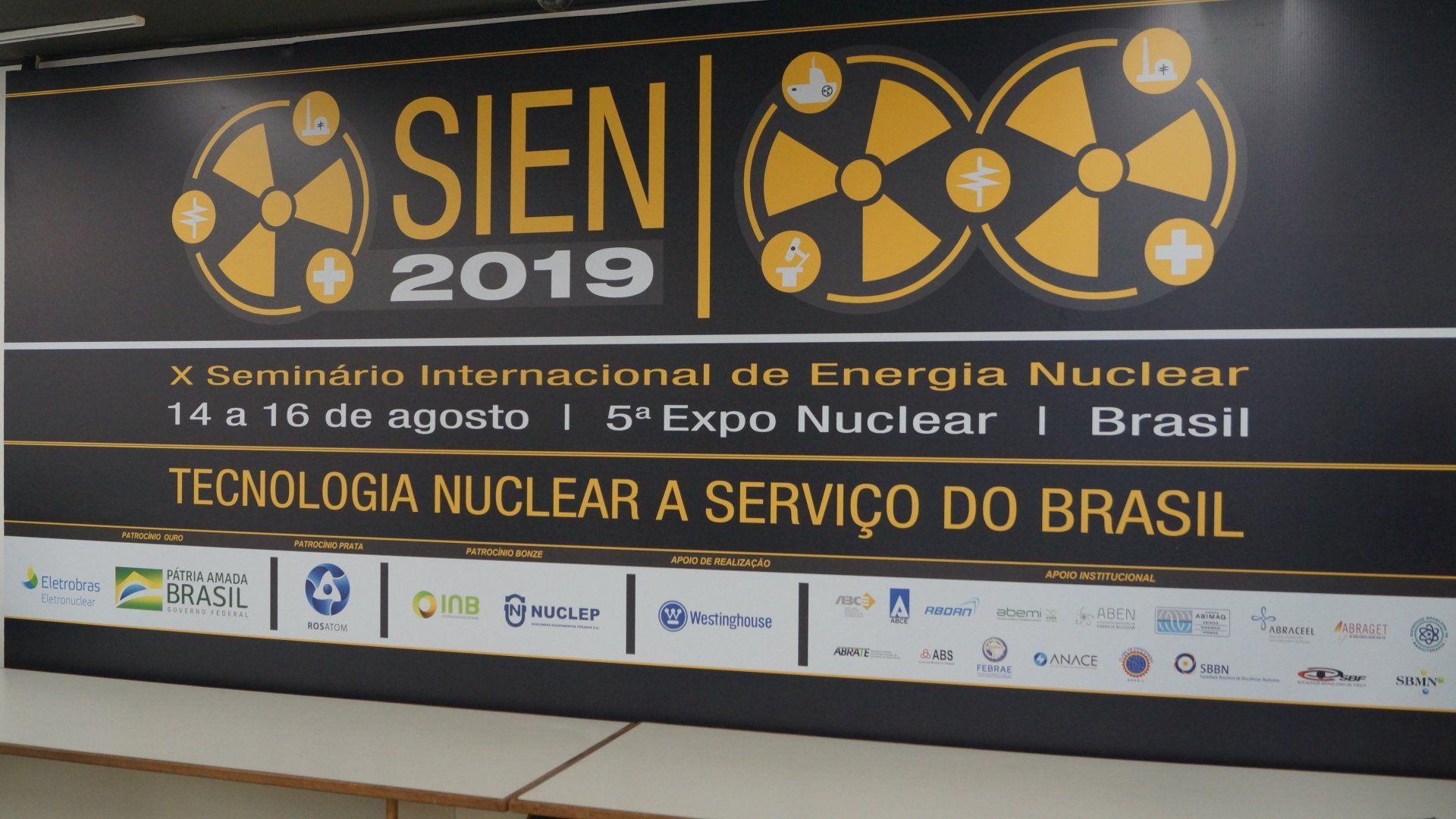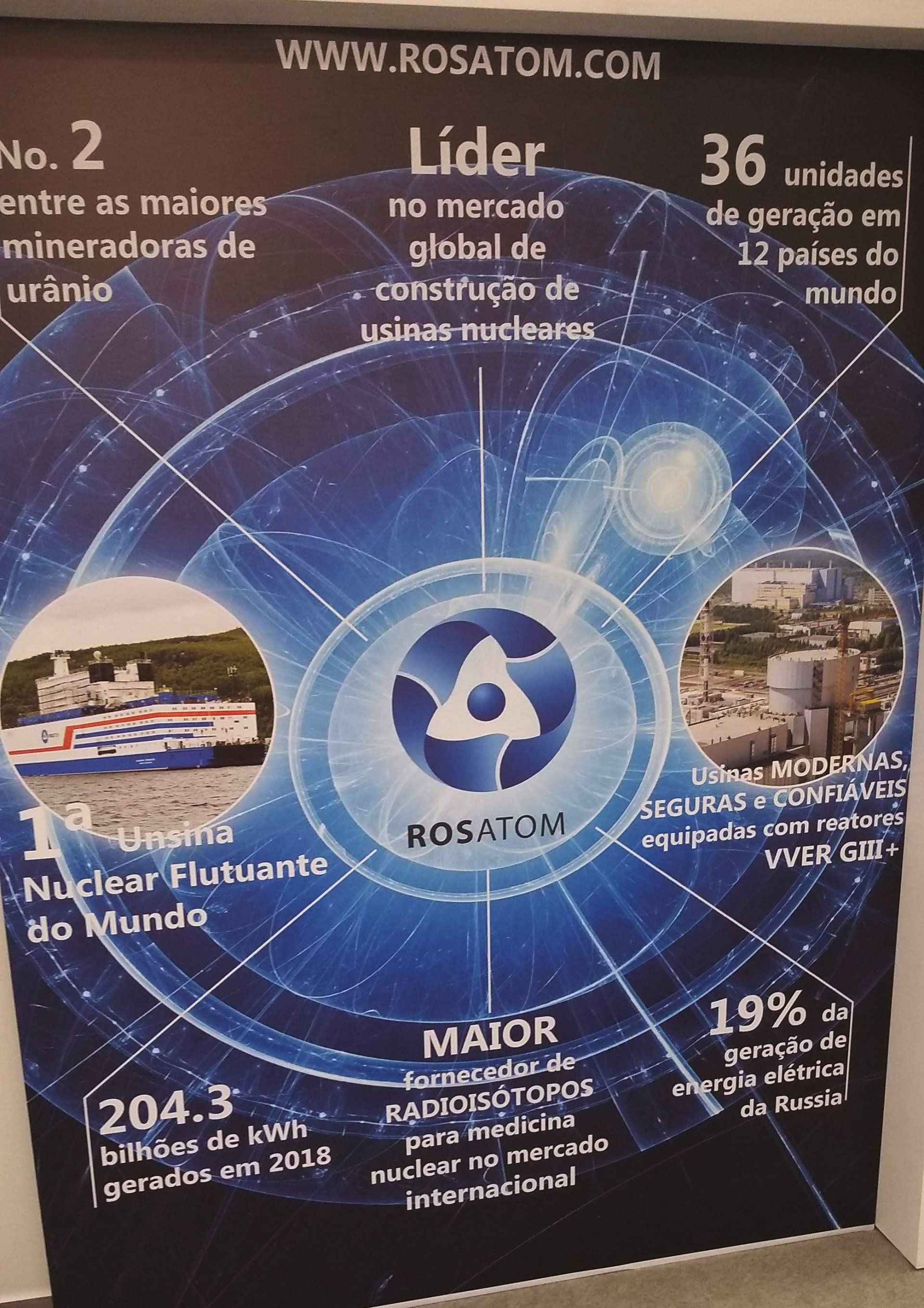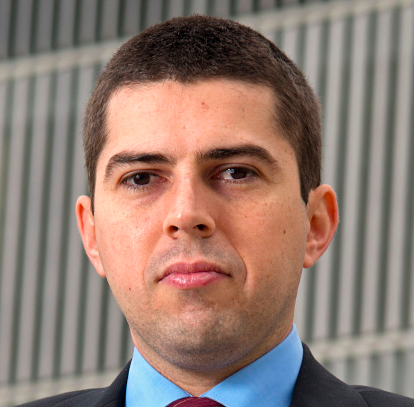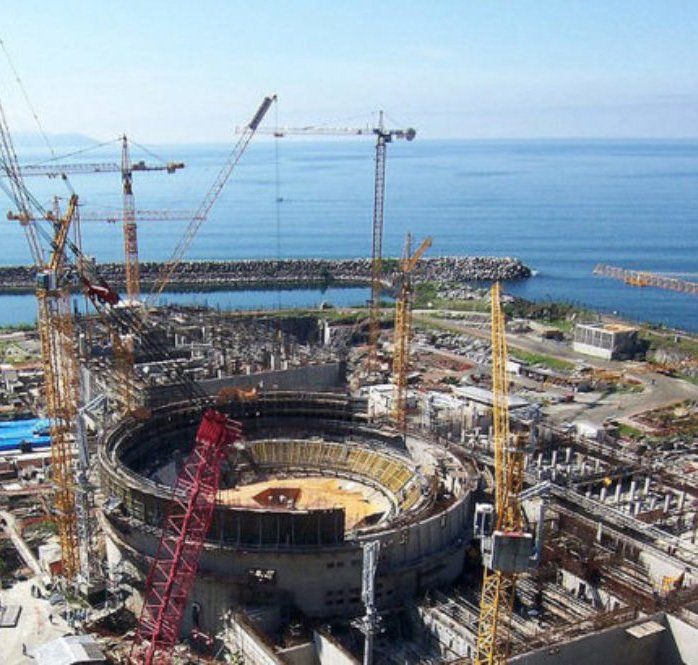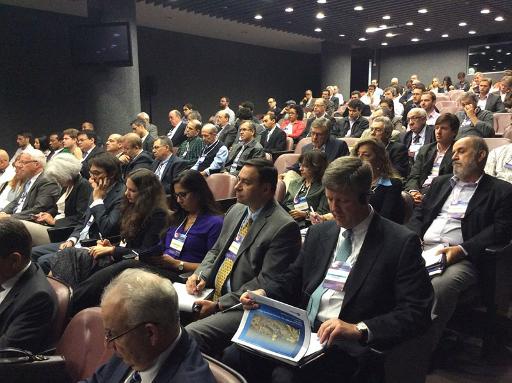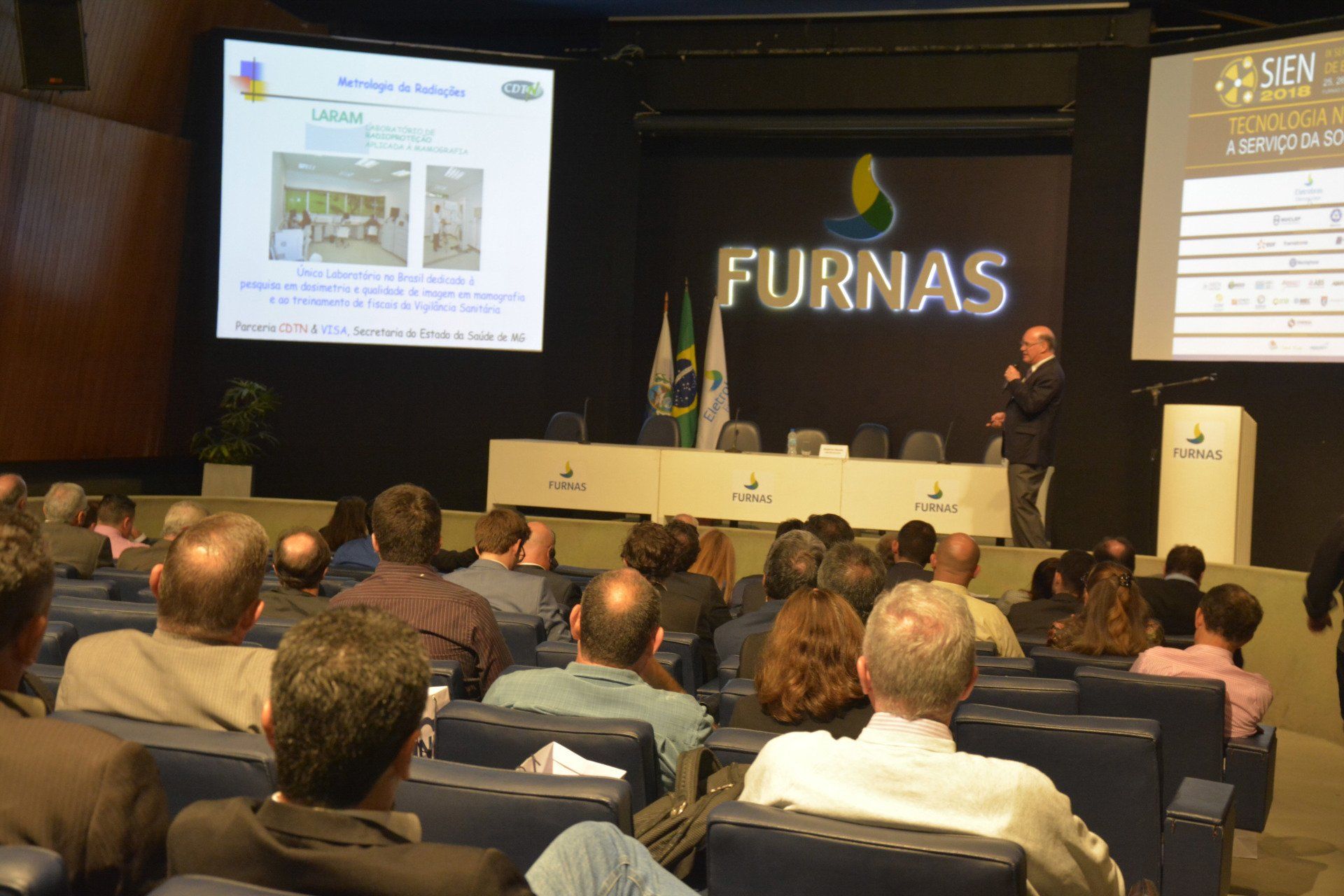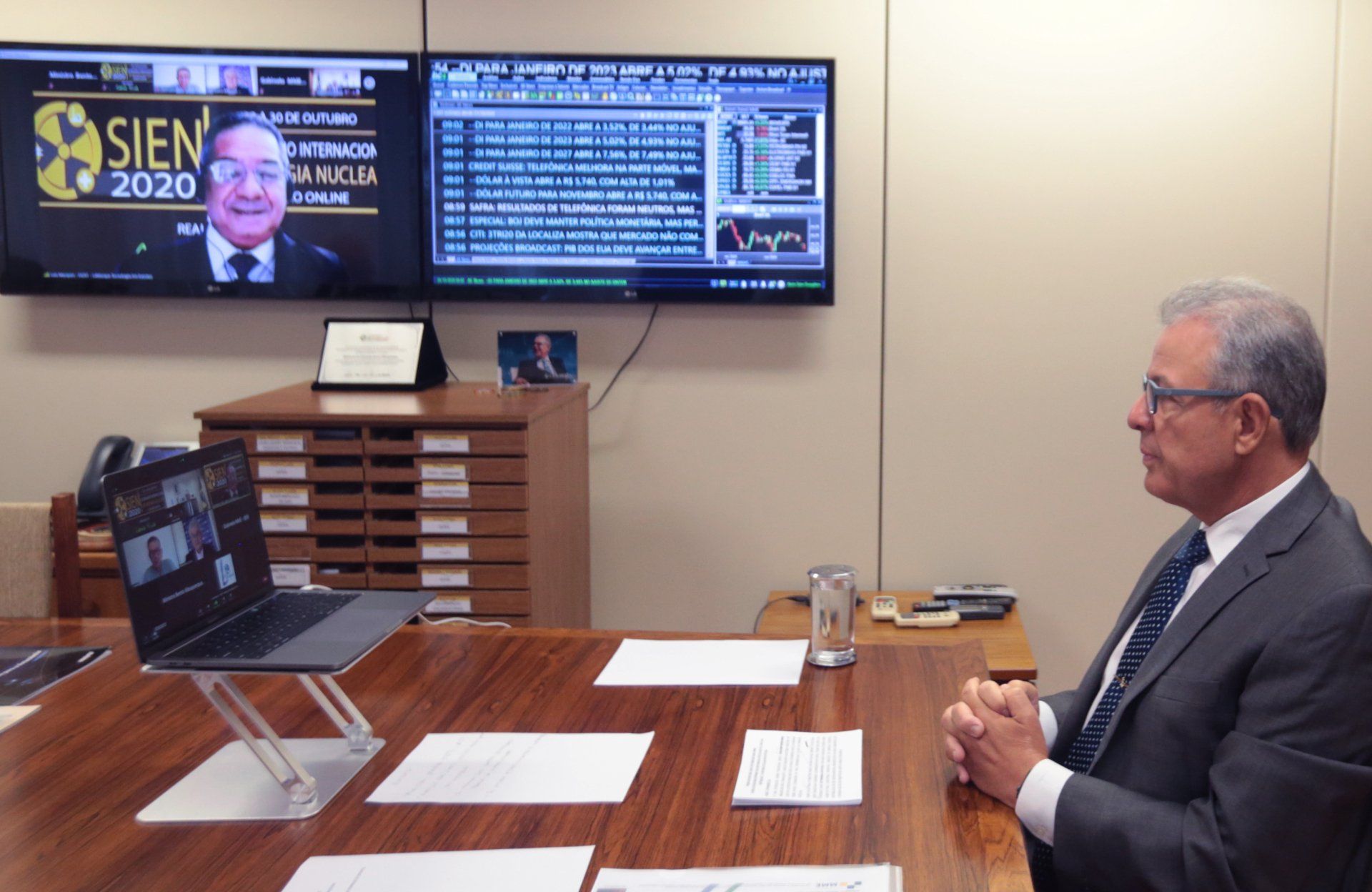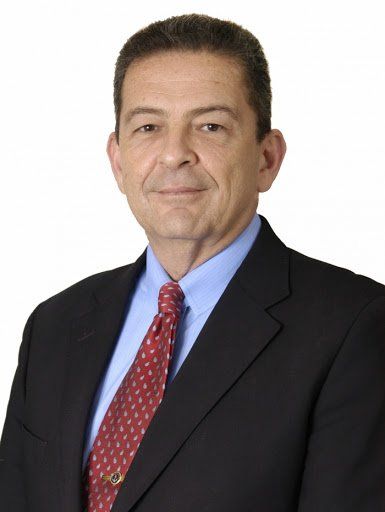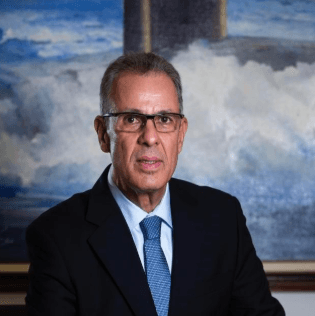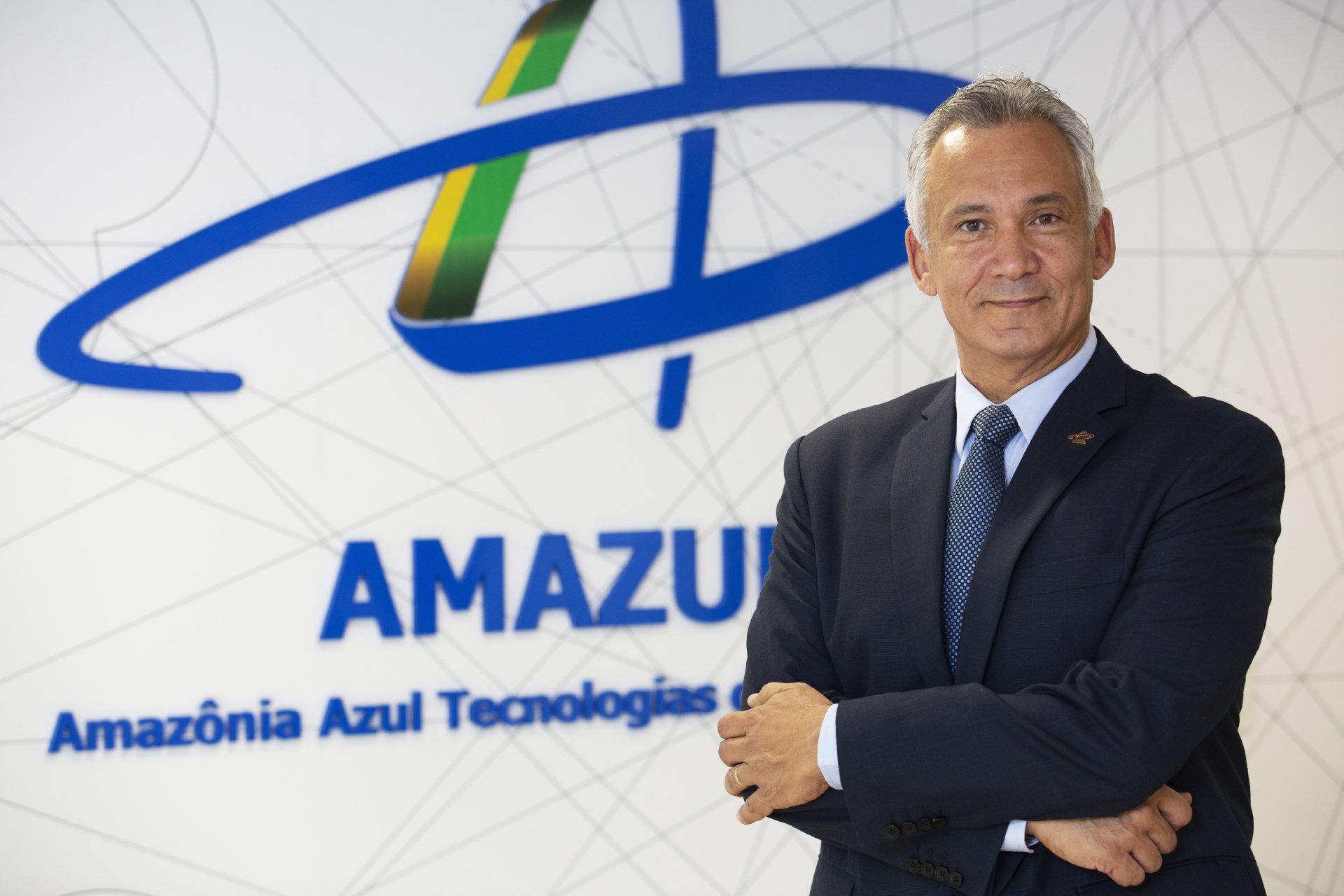The President of Eletronuclear, Leonam Guimarães, gave an interview to the Alesfe Talks Program, on TV Senado, a space for lawyers and consultants of the Federal Senate to ask questions about relevant topics in Brazil, on the topic “Nuclear Energy”. Leonm Guimarães spoke about two important points of Provisional Measure 998/2020, which deals with structural changes in the Brazilian energy system, which is now being processed as a Bill, and will be debated again in February in the Senate, in addition to other matters that deserve this reproduction. The main excerpts from this conversation, Leonam clarified many points about the resumption of Angra 3 works: – The modeling of the resumption of Angra 3 is a topic that has been studied for a long time, it gained momentum at the end of 2017 and really started to sustain itself under the current government. The Angra 3 plant was defined as a priority project of the Investment Partnerships Program (PPI). For this, an inter-ministerial working group was created, which advised the current PPI committee. This committee determined that we hire BNDES to structure the business model. From that time until the BNDES' entry into this work, we considered in the internal studies the possibility of the entry of minority private international partners. That's what we thought. Throughout the BNDES studies, it was demonstrated that this alternative, despite being desirable and interesting, is not indispensable and necessary for the economic and financial viability of the enterprise. BNDES has been working on this model and has completed its initial report. Today, the PPI Council took the decision to send this study to the CNPE to monitor the implementation of the Angra 3 plant. This work continues to be carried out by BNDES, in its second phase, with the expectation that in 2022 the great EPC contract for the completion of the work. Today, the BNDES studies are in progress, with a series of steps necessary for this international bidding process to be carried out for the contracting of the epcista. The project is on track and is moving forward. Our objective and that of the electrical system planning is the entry of Angra 3 by the end of 2026. To ensure that this happens, Eletrobrás is providing investment support to what we call the project's Critical Path Acceleration Program. In other words, the objective is to resume the project in those parts that are part of the critical path, in order to ensure that the date of entry into commercial operation of the plant is not compromised. This investment plan by Eletrobrás in Angra 3 is the largest investment foreseen within its business master plan. The two things are coupled, working in parallel and harmonically to effectively fulfill the planned electrical energy expansion plan. The President of Eletronuclear also spoke about the observations of the Federal Audit Court (TCU): – There is great concern in the format from a legal point of view and also from the point of view of the guidelines and determinations of the TCU. It is also important to mention that all actions and activities related to Eletrobrás' investments in Angra 3 are in progress. Important investments have already been allocated in 2020. For this year, the order of magnitude of these investments is a little higher, which will allow the start of several important work fronts. The objective is not to waste time until the moment of hiring the Epecista - which is a relatively long job -, ensuring that by the end of 2026 the plant will be in operation. The resumption of work is already underway. It will converge precisely with the work that the BNDES is doing. Always remembering also that this issue runs in parallel with the capitalization process of Eletrobrás. These activities come together for a solution that addresses all these complex aspects involved. For some critics of nuclear power generation, the value of R$ 480.00 per MW/hour is too high and would harm the consumer. But this was demystified by Leonam Guimarães, who gave a definitive explanation on this issue: – This view that the consumer will be harmed is quite wrong. It assumes that electricity is a commodity, which is not in line with reality. In reality, the value of electricity depends on the characteristic of the source, the place and the time at which it is produced. For example, in the electrical system there are sources that generate basic energy, which generate energy all the time. There are also sources of an intermittent nature, such as wind and solar energy. And there are still sources with longer-term seasonality, such as hydroelectricity. Finally, you have conventional thermal energy sources, generated by fossil energy, which are extremely sensitive to the volatility of these fuel prices. So, in reality, one cannot make direct comparisons by unit price of the sources. What matters to the consumer is the total cost of the system, a value that will be shared by all of them. In the flag system, the hydric conditions increase the thermal dispatch, using more expensive sources. If we did a simulation with Angra 3 operating in Brazil at R$ 480 per MWh in recent years, the total cost of the system would be reduced and not increased. Despite this number (R$ 480/MWh), alone, it is higher than the cost of the kilowatt/hour generated by solar energy. The difference is that the flags are dispatching more and more expensive thermal energy, well above the R$ 480 value of Angra 3. This means that the impact of Angra 3 is that it is no longer necessary to dispatch thermal energy more expensive than R $480 over a year. So, the analysis of what is being passed on to the consumer cannot be the unit value of the production price of a source. What must be evaluated is the cost of the system as a whole – with and without Angra 3. In a recent simulation carried out by the National System Operator (ONS), at the request of the Ministry of Mines and Energy and presented at a public hearing at the request of the IBAMA, it was clear that by 2020 the cost of the system would drop if Angra 3 was operating. So, in reality, you are not passing on cost to the consumer, but rather reducing the total cost of the system and therefore reducing the cost of each individual consumer. The difficulty in the matter was the financing of the Angra 3 Nuclear Power Plant, which was another topic addressed in the interview: – Ground zero for the construction of the plant is June 2009. Ground zero for the construction of a nuclear power plant is always the first concreting of the slab of the reactor building. The work done previously does not characterize the beginning of construction. The great Achilles heel of nuclear power is that the capital cost is very high. It is an investment of a large volume of resources, with a very long period of maturation to give the expected return. This involves high risks, which ends up raising the cost of capital in these ventures. The interruption of the Angra 3 works, after its formal beginning, happened due to the lack of own resources to match the financing made to BNDES. This was the first reason for the interruption of the works. Then came Lava Jato, which made a solution to a new financial equation for the enterprise unfeasible. At this value, determined by the CNPE, based on the EPE study, it eliminates the costs of inefficiency. That is, all non-productive costs that occurred during that period. This value is compatible with and lower than that of plants that are currently being built at an advanced stage, such as the Hinkley Point B Plant, in the United Kingdom, and Akkuyu, in Turkey. One is a little more potent than Angra 3 and the other a little less. But they are very similar to the price of R$ 480, according to the exchange rate at the time. When this assessment was made, it was quite compatible, with Angra 3 being inferior to these two plants. In fact, that price has been expunged. These loss values were even written off, estimated by the company that was hired by Eletrobrás to investigate eventual deviations and irregularities committed by the company's managers. In other words, these unproductive aspects are not included in this value. This reference price of R$ 480 was not established by Eletronuclear, but by the CNPE through the EPE study. And then we arrive at MP 998, which, in one of its articles, says that the BNDES would establish the energy sales prices. The MP also establishes, in very clear criteria, how this price is calculated and what must be taken into account by the BNDES and the criteria. This provides important legal certainty for investment in the enterprise. Eletrobrás is making an investment and needs to be sure that the energy value is compatible with the investment to be made. Leonam Guimarães also spoke about the obstacles to the growth of the use of nuclear energy in Brazil and the great possibility of expansion of this sector: – The biggest problem faced by the production chain of nuclear energy has to do with nuclear fuel. In the Brazilian situation, nuclear fuel currently accounts for 18% of the cost of operating a plant, also considering the remuneration of capital. As we have a very small production park, the fuel production scale is very low. And on a low scale, the costs end up being higher. Eletronuclear, which is owned by Eletrobrás, is a company independent of the National Treasury. In this way, it has access to the capital market and financing. INB, which has a monopoly on radioactive materials, is a company dependent on the Treasury. In turn, it does not have access to the capital market, financing, and has great difficulty in expanding its production. To make the production of nuclear fuel economically viable, it is necessary to gain scale. For that, it has to produce more and introduce itself in the international market, becoming an actor in the international market of nuclear fuel. Brazil has large uranium reserves and the technological mastery of all stages of its processing. In other words, the country meets all the conditions to effectively be an important player in the international nuclear fuel market. Bearing in mind that stability, from a political point of view, is a very important factor. Today, several players in the international fuel market come from countries where there is a certain political and economic instability. Brazil would add security of supply to the international market. Remembering that nuclear energy generates 10% of the world's electrical energy and there are 442 plants in operation on the planet. In other words, increasing the scale of nuclear fuel production, through participation in the international market, is an element that would strengthen this production chain here in Brazil. Then there's the manufacturing of components. There is an important industrial park adapted to the manufacture of large components, which is Nuclep. The company is also involved with the Navy in the manufacture of submarines. Nuclep has all the conditions to participate in this international component market. Nuclep is also dependent on the Treasury and does not have access to financing. As these two companies will remain under the umbrella of the state, there would be no quick fix. It would have to be staggered. It is necessary to achieve a gradual independence, especially from INB, but also from Nuclep. A big step has already been taken at INB, highlighted by the President of the Republic, because Brazil has returned to producing uranium concentrate. The country spent several years without production for technical and economic reasons. Production has resumed and production is expected with great anticipation at the Santa Quitéria Mine, in Ceará, which is a phosphate mine, whose by-product is uranium. With this production, we could start thinking about meeting 100% of domestic demand, but also participating in the international market, as a way to escape dependence on the Treasury. Undoubtedly, transforming INB and Nuclep into public companies is the first step towards removing minority partners and, with greater autonomy, provide decision-making for these next steps. Angra 3 is a great lever to increase production scale. – Under pressure from environmentalists, generally without technical knowledge, the clarifications of the President of Eletronuclear are definitive, especially when referring to nuclear accidents and nuclear waste: – It is curious to call the accident in the United States, Three Miles Island, as a major accident. What accident is this that caused no casualties and no damage to the environment? It was a loss of great proportions, yes, but for the owner of the plant, because it became inoperative. But no casualties and zero damage to the environment. Fukushima. Unforeseen natural phenomenon caused the accident. No one died from radiation The Chernobyl accident was an accident that had not the technological but the cultural nature of the former Soviet Union. The culture that existed until then made it possible to put productivity ahead of safety. The head of the plant decided to make a decision contrary to the plant's operating manual. From there, more and more, the greater concept of security was born. In other words, Chernobyl was not a technological problem, but a cultural problem for those who operated the plant. The reality today is completely different. That was 30 years ago. Today, the reality in Russia is very different. The Fukushima accident was caused by a natural phenomenon with very low predictability. It wasn't expected to happen. It was an earthquake that the plant withstood perfectly, followed by a tsunami with a height at which the plant was not designed. I say again: how many radiation victims were caused by Fukushima? None. The victims of the incident were due to a hasty and unplanned evacuation. Today, by the way, this is a topic that is discussed a lot. In relation to what is said about the so-called nuclear waste, the used fuel element is still spoken as if it were garbage. From a legal point of view, neither in Brazil nor in many countries of the world, the nuclear fuel used is garbage. For a very simple reason: there is a huge energy potential still in the fuel used, which can be used by future generations, because it is a positive legacy. The economic and financial feasibility of taking advantage of this potential is limited, because it is very expensive. Calling spent nuclear fuel waste is a strictly political decision, because high-activity waste accounts for 5 to 10% of the total mass of this fuel. The remainder of the mass amount of this fuel can be recycled and is already being recycled in several places around the world. Not only in France and Russia, but also in the UK and Japan. The operator's responsibility is to keep used fuel in safe long-term storage conditions. And we are in the process of licensing a facility of this type. This installation is strictly identical to more than two hundred similar installations that exist all over the world. Especially in the United States, which has almost a quarter of the nuclear industry's international park. We are doing exactly the same thing as what is done in America, Western Europe and Japan. Questioning the security of this storage is a very strange thing. In fact, the winner of the bid we opened for the construction of this storage is an American company that has already installed more than 70 units of this type worldwide. There is no reason to question such an installation. Just look around, look at what is done in the world and who is doing this installation. SOURCE: TV SENADO / PETRONOTICIAS





